The first time John and I traveled to Barbaresco it was for only one night. We met up with our good friends Cathy and David before heading south to Perugia so John could photograph a cookbook on Umbrian cuisine. Cathy Whims was the food stylist and David and I were to play the role of the “jolly”, which in Italian restaurants is the person who does whatever is necessary, from helping in the kitchen to running errands to washing dishes. The entire Umbrian experience deserves its own story, but I always remember the beginning of our love affair with Barbaresco started that night.
Meeting Aldo Vacca in Barbaresco, drinking Nebbiolo and eating tajarin made by Cinto in the trattoria Antica Torre, all of these firsts that we had no idea just how often would be repeated. How many bottles of Nebbiolo and Barbaresco, how many incredible meals of roast rabbit and boiled chicken and the ethereal tajarin made first my Cinto, and then by his son Maurizio.
That night if someone told me that only a few years later John and I would move to Neive, one of the Barbaresco wine growing villages a few kilometres away from Barbaresco, I don’t think I would believe them. It would have been unimaginable that we would spend over ten years with these people in this beautiful place, living our lives in the cycle of the vineyards.
The pruning in the winter, training the vines soon after.Managing the incredible growth of these prolific vines in the late spring and early summer only to reduce the production just as the grapes begin turning from green to purple.
Feeling the nervous anticipation while the weeks pass from September to October, checking weather, comparing notes, sometimes praying. And finally the culmination of a years work that comes down to a week or ten days of intense work knowing that at any moment Mother Nature is the one true boss that can bring joy and sometimes devastation.
Once the grapes are pressed and in the cellars, the work takes on a whole new phase, the mechanised and managed part of the process that is important, but the work in the other eleven and a half months is what a vintage makes.
The beauty of this place is obvious to see it, to walk in the vineyards, to celebrate the harvest, to taste it in every glass of this incredible wine. But for me, it is these people and their history is what makes this a truly breathtaking place to be.
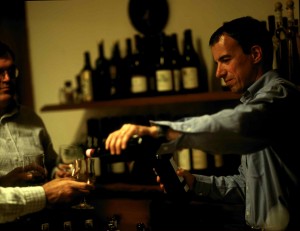
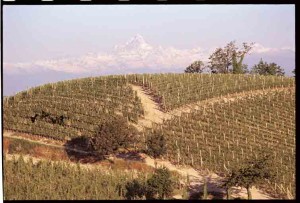
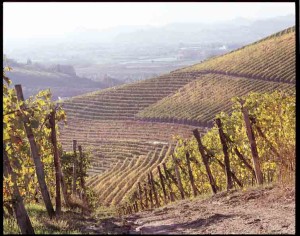
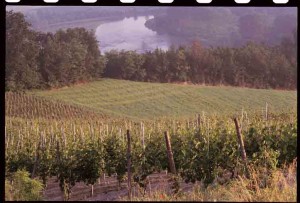
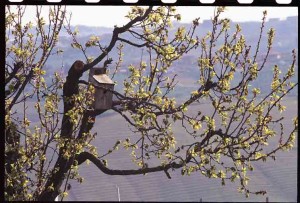
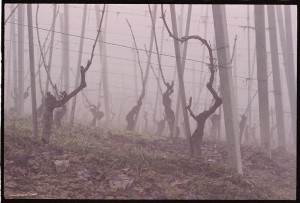
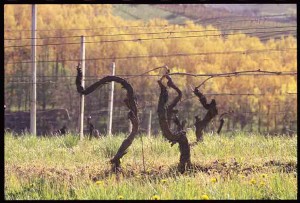
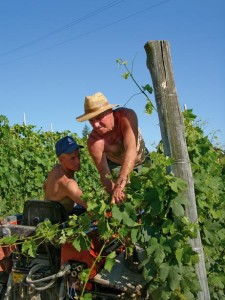
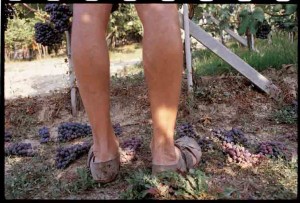
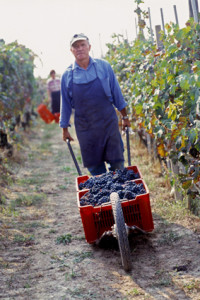
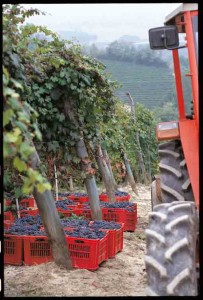
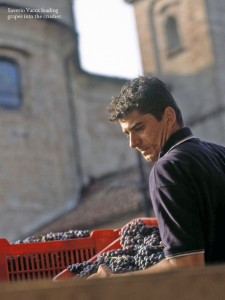
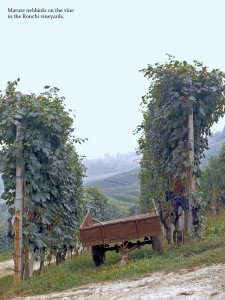
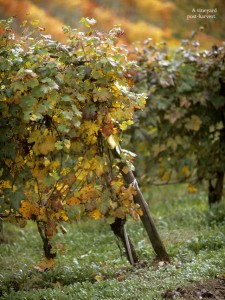
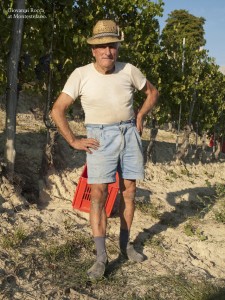
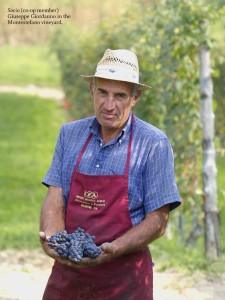
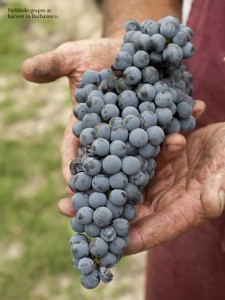
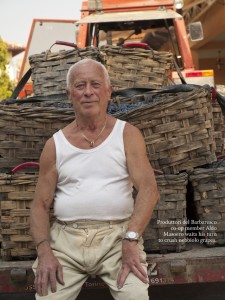
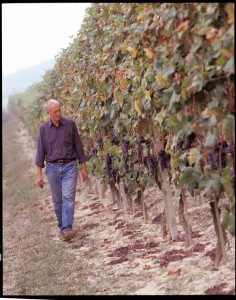
Comments are closed, but trackbacks and pingbacks are open.